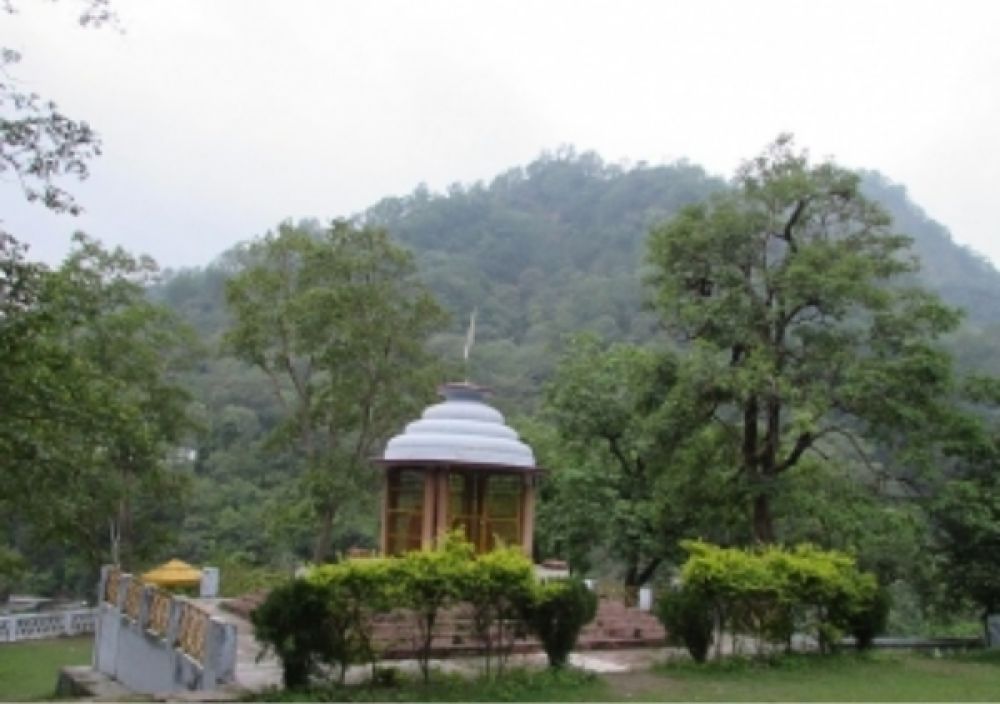

Nestled in the heart of the Indian Himalayas, Kanvashram is a place steeped in mythical history and natural beauty. It is believed to be the ashram of Sage Vishwamitra, and according to the great Indian epic, Ramayana, it is the birthplace of Bharat, the younger brother of Lord Rama. The ashram is a convergence of cultural heritage and serene landscapes, attracting a multitude of pilgrims and nature lovers alike.
The history of tourism in Kanvashram is intrinsically linked to its legendary past. For centuries, the ashram has been a spiritual retreat for sages and hermits seeking solitude and enlightenment. However, it was not until the late 20th century that Kanvashram started gaining popularity as a tourist destination. After the Indian government and various NGOs took initiatives to promote the Indian cultural heritage, places like Kanvashram began to surface on the tourism map.
The tourism in Kanvashram witnessed a gradual growth as eco-tourism began to take root in India. The lush green surroundings, the pristine Malini River, and the Himalayan backdrop provided the perfect setting for those seeking a break from the hustle of city life. The establishment of the Lansdowne cantonment in the British era also played a critical role in opening up this region to outsiders. By the early 2000s, Kanvashram started seeing a steady flow of tourists, drawn by its tranquility and historical allure.
The latest trend in Kanvashram tourism is a blend of spiritual exploration and adventure sports. While the ashram itself remains a significant spiritual site, the surrounding areas offer activities like bird watching, hiking, and river rafting. There has been a push towards promoting sustainable tourism practices in the region to preserve its ecological and cultural integrity.
Additionally, there's a rising trend in wellness tourism, with visitors seeking Ayurvedic retreats and yoga sessions amidst the natural settings of Kanvashram. Local homestays and eco-friendly resorts are becoming increasingly popular, providing an authentic experience of the region's culture and hospitality.
Going forward, the government and local communities are focused on developing Kanvashram as a prime example of responsible tourism. Emphasis on preserving the ancient heritage site while providing modern amenities to tourists is key. Alongside, the promotion of regional handicrafts and cuisine has been instrumental in providing a comprehensive cultural experience to the visitors, balancing the modern demands with traditional values.